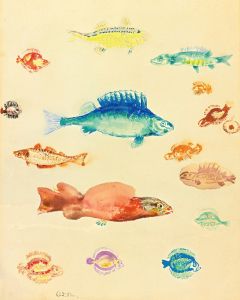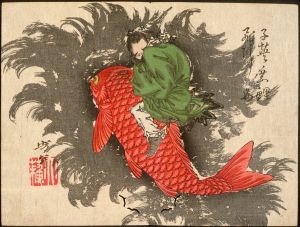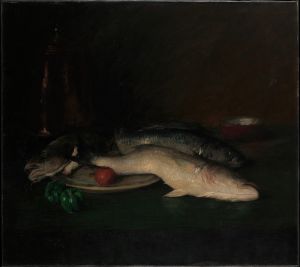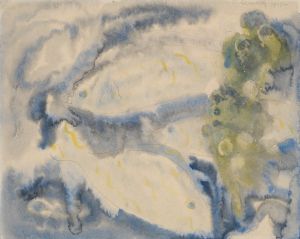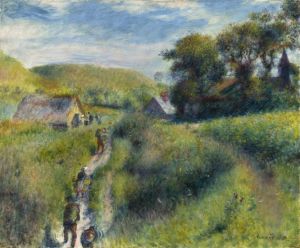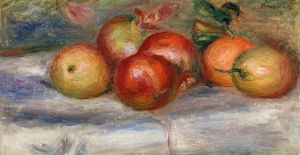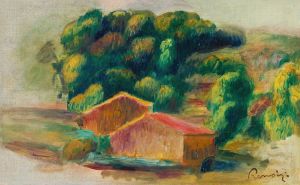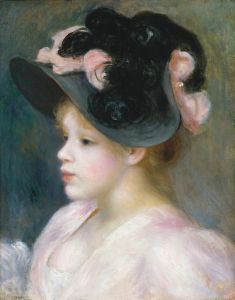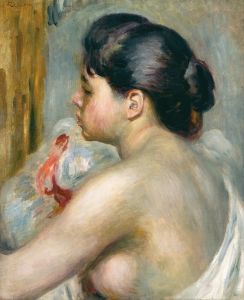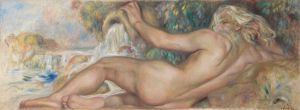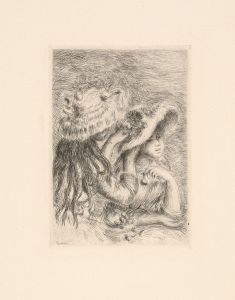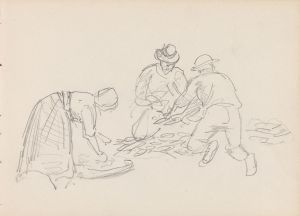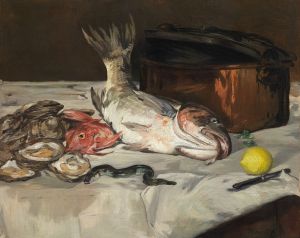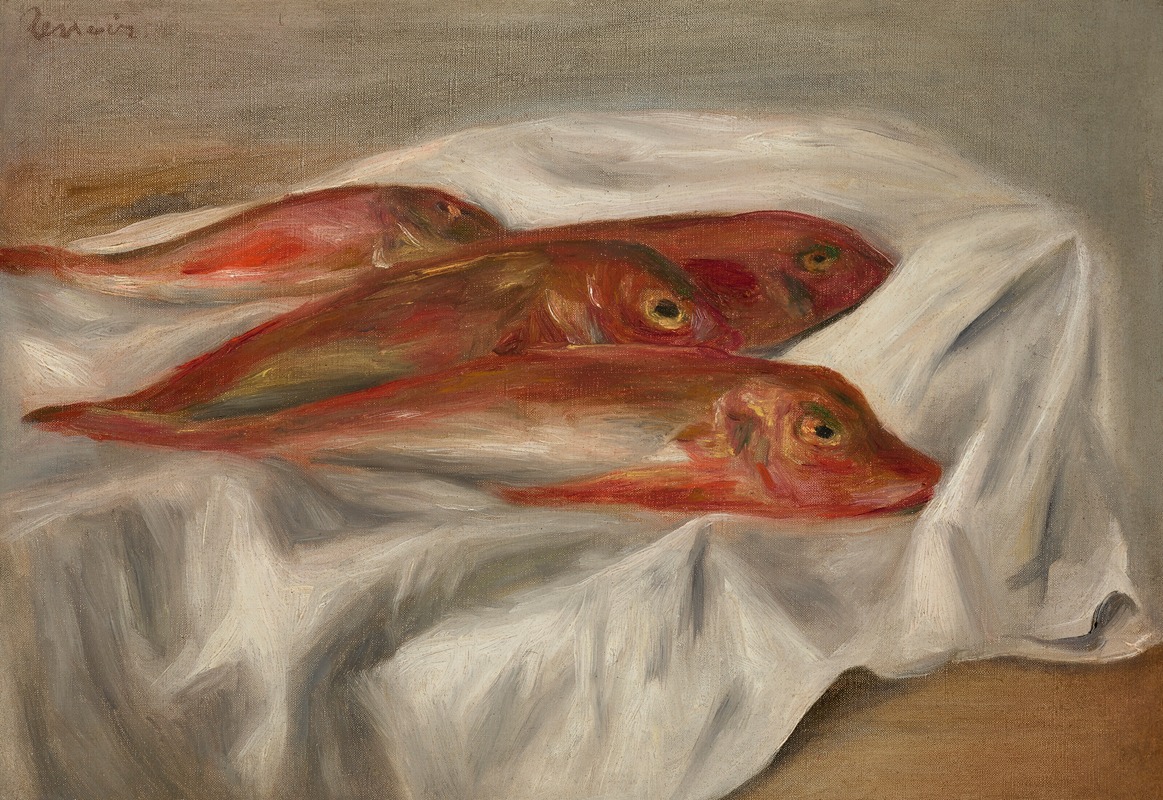
Rougets grondins
A hand-painted replica of Pierre-Auguste Renoir’s masterpiece Rougets grondins, meticulously crafted by professional artists to capture the true essence of the original. Each piece is created with museum-quality canvas and rare mineral pigments, carefully painted by experienced artists with delicate brushstrokes and rich, layered colors to perfectly recreate the texture of the original artwork. Unlike machine-printed reproductions, this hand-painted version brings the painting to life, infused with the artist’s emotions and skill in every stroke. Whether for personal collection or home decoration, it instantly elevates the artistic atmosphere of any space.
Pierre-Auguste Renoir, a prominent French Impressionist painter, is known for his vibrant and light-filled works that often depict scenes of leisure, portraits, and still lifes. Among his lesser-known works is Rougets grondins, a still-life painting that showcases Renoir's skill in capturing the textures and colors of everyday objects.
Rougets grondins translates to "Red Gurnards," referring to the type of fish depicted in the painting. The artwork is a still life, a genre Renoir occasionally explored throughout his career. In this piece, Renoir focuses on the natural beauty of the fish, emphasizing their shimmering scales and vivid coloration. The painting demonstrates his ability to render the interplay of light and texture, a hallmark of his Impressionist style. The fish are arranged on a surface, likely a kitchen table, with a sense of casual realism that reflects Renoir's interest in capturing the immediacy of the moment.
The exact date of the painting is not widely documented, but it is believed to have been created during the late 19th century, a period when Renoir was actively experimenting with different subjects and techniques. During this time, Renoir often painted still lifes as a way to explore the effects of light and color in a controlled setting. His approach to still-life painting was influenced by his broader Impressionist sensibilities, which prioritized the depiction of light and atmosphere over precise detail.
The composition of Rougets grondins is simple yet effective, drawing the viewer's attention to the fish's natural beauty. Renoir's brushwork is loose and fluid, a characteristic feature of his style, which allows the viewer to sense the freshness and vitality of the subject. The use of warm tones and soft lighting creates a harmonious and inviting atmosphere, making the painting both visually appealing and evocative.
While Rougets grondins is not as widely recognized as Renoir's portraits or scenes of Parisian life, it is an example of his versatility as an artist. The painting reflects his ability to find beauty in ordinary subjects and to elevate them through his mastery of color and light.
The current location of Rougets grondins is not specified in major public records, and it is unclear whether the painting is part of a private collection or housed in a museum. As with many of Renoir's works, it continues to be appreciated for its artistic merit and its contribution to the Impressionist movement.





